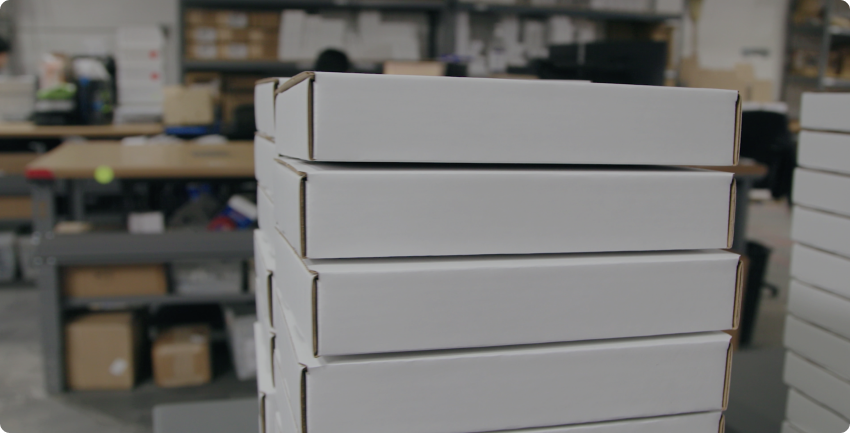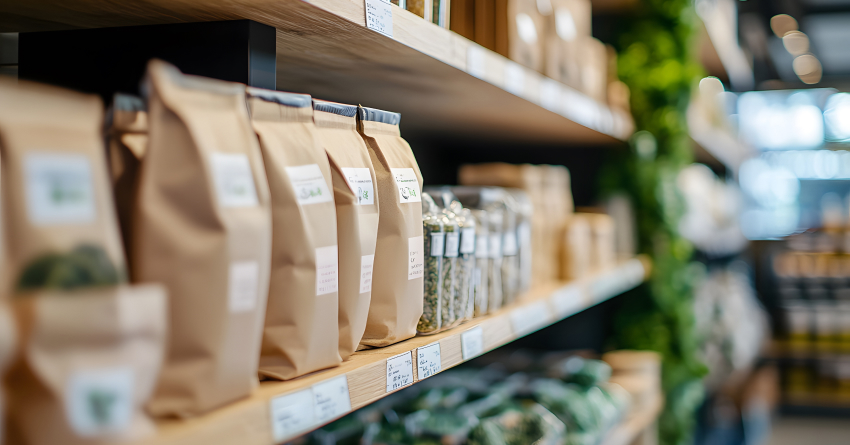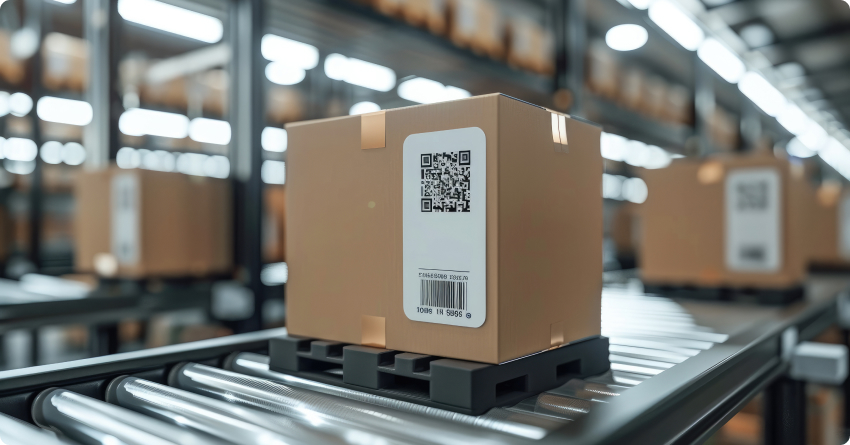The History of Bubble Wrap
January 14, 2025
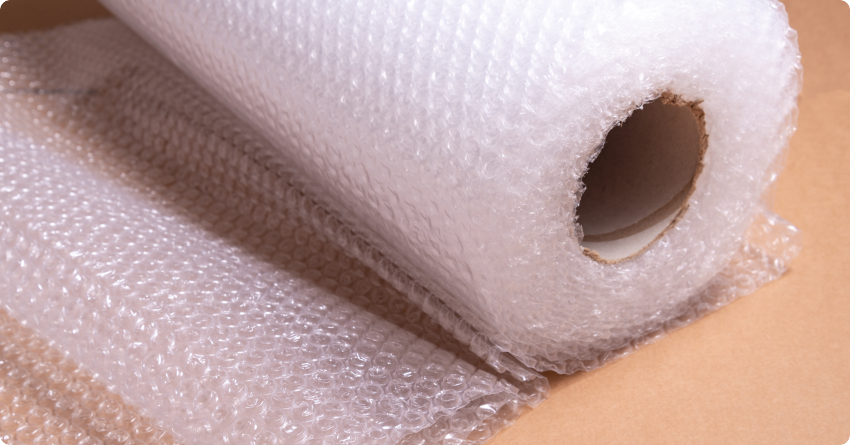
We’d be hard-pressed to name a more popular packaging material than bubble wrap. Maybe the humble cardboard box? But bubble wrap is way more fun. (Unless you’re a cat.) It’s also useful, versatile and widely used. And who doesn’t get a sense of satisfaction from popping those bubbles. But did you know that bubble wrap wasn’t invented for use in packaging? Let’s look at the colorful history of this protective packaging rockstar.
Who Invented Bubble Wrap?
In 1957, Swiss chemical engineer, Marc Chavannes, and American mechanical engineer, Alfred Fielding, teamed up to work on a new project that involved sealing sheets of plastic together. While their initial attempt didn’t turn out quite how they had imagined, they saw the potential. In 1960, they founded the Sealed Air Corporation and filed their first patent for the process of embossing and laminating materials as well as the equipment used. The pair would go on to come up with more than 400 uses for their creation, file six patents and be inducted into the New Jersey Inventors Hall of Fame in 1993.
What Was Bubble Wrap Originally Made For?
Fielding and Chavannes were initially trying to design a new kind of wallpaper that would appeal to the Beat generation, which was famously rebelling against convention in the post-WWII era. The idea was to create textured wallpaper by sealing two shower curtains together, trapping air-bubbles between the layers of film.
While the wallpaper didn’t catch on, Fielding and Chavannes had developed a way to vacuum-form patterned air bubbles between plastic sheets. After trying a few more applications, an idea appeared during a bumpy flight into Newark Airport. They realized their invention could be used to protect fragile goods during shipment.
The real turning point came in 1959, when IBM announced that they would start shipping out the game-changing 1401 computer, the first “relatively affordable and widely popular mainframe.” A marketer for Sealed Air thought their product would be perfect for protecting these machines, which were both fragile and expensive. Sealed Air pitched their bubble wrap to IBM, and launched the now global protective packaging industry—completely by accident.
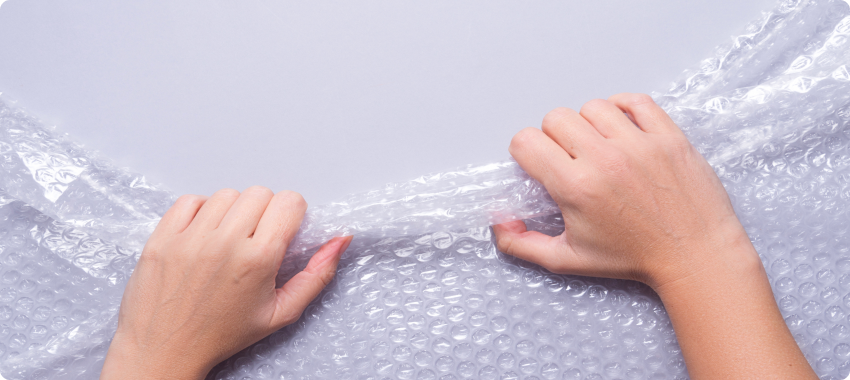
Facts About Bubble Wrap
Here are some fun facts about bubble wrap you that might surprise you:
- Alfred Fielding’s son, Howard, was just five years old when he became the first person to experience the joy of popping bubble wrap
- In October 2000, an 815-lb pumpkin nicknamed “Gourdzilla” survived a fall from a 35-foot crane completely intact thanks to a bubble-wrap landing pad
- Bubble Wrap Appreciation Day is the last Monday in January, celebrated by bubble-lovers since 2001
- 2,681 members of the Denver Area Council of Boy Scouts of America set a world record for the most people simultaneously popping bubble wrap in 2015
- Bubble wrap is used to fill bags and backpacks on TV shows and movies, to prevent hypothermia while transporting critically ill patients in Norway and even to make Jello-o shots
- Sealed Air produces enough bubble wrap each year to circle the equator ten times or stretch from Earth to the moon and back
We used to have an interactive bubble-wrap game on our site and even made an Ernest Challenge video that involves a bag of chips, and airplane and a whole lot of bubble wrap… plus our very own President, Tim Wilson.
What is Bubble Wrap Actually Called?
Despite originally being called Air Cap, the name bubble wrap is actually trademarked and recognized by the AP Stylebook. While it’s commonly used to describe a category of packaging materials, only Sealed Air can sell a product using this name. That’s why you may have come across pop-able packing materials that go by names like:
- Bubble pack
- Blister pack
- Bubble paper
- Bubble wrapping
- Air bubble packing
- Aeroplast
What Made Bubble Wrap So Popular?
Following its successful use by IBM, bubble wrap soon began to replace the newspaper, sawdust and horse hair that were previously used to protect items in transit. In addition to providing more protection, bubble wrap was also a lot less messy. Small packaging companies quickly cottoned on and Sealed Air began to grow. By the mid 1960s, bubble wrap was a shipping standard. But it wasn’t until the company got a new CEO in 1971 that things really started to take off. While Fielding and Chavannes were excellent inventors, T.J. Dermot Dunphy was a businessman. Under his watch, the company expanded its product base and grew its annual sales from $5M to $4.5B. Today, Sealed Air is a Fortune 500 company serving customers in 122 countries.
Why is Bubble Wrap Important?
Bubble wrap is indispensable for protecting delicate items by absorbing the shock from any force a package encounters during transit. Covering the entire surface with air bubbles means no single bubble takes the full force of the impact, so even the heaviest objects remain protected from the strongest bumps. The flexibility of the film provides further protection by changing shape as needed, ensuring bubbles don’t pop. Plus, it’s waterproof and lightweight, making it ideal for wrapping, packing and moving.
Bubble wrap’s psychological benefits are also backed by science. Studies have found that people are less tired and more relaxed after popping bubble wrap, and that just one minute of bubble-popping relieves as much stress as a 33-minute massage.
Is Bubble Wrap Recyclable?
Yes! Despite the common misconception that bubble wrap is not recyclable, it actually is. Bubble wrap is made from LDPE plastic and can be recycled along with the plastic carrier bags you get at most grocery stores. To make sure your bubble wrap doesn’t end up in a landfill, place it in the right recycling bin. Or better yet, reuse it. Bubble wrap is strong and durable, and can be used again and again, as long as you can resist the temptation to pop those bubbles. (But don’t worry. When it reaches the end of its life, it’s best to pop them before you recycle it.)
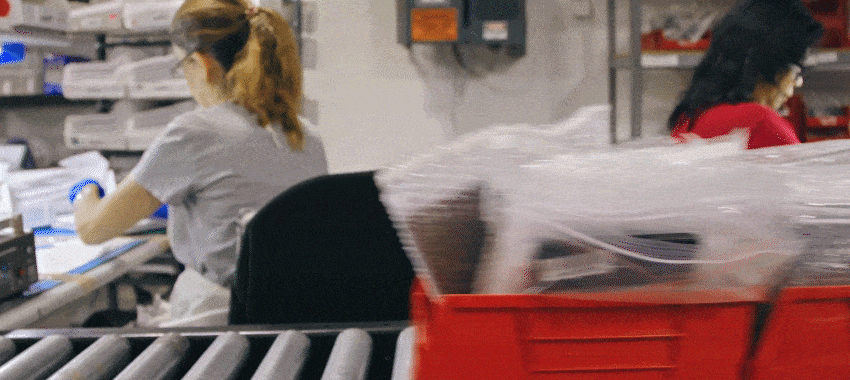
How Do I Choose the Right Bubble Wrap?
With bubble wrap available in a wide variety of sizes and products, from mailers to pouches to rolls of wrap with varying-sized bubbles, how do you know which solution is right for your needs? Generally speaking, smaller bubbles do a better job of protecting small, delicate items, while larger bubbles are best for protecting items if they’re dropped. Multiple layers add extra protection, and large bubble wrap can be used to fill empty space in boxes.
If you’ve got a packaging project that calls for air cushioning, contact Ernest today so we can help you find the perfect solution. Maybe we can pop some bubbles while we chat.
Packaging Design

